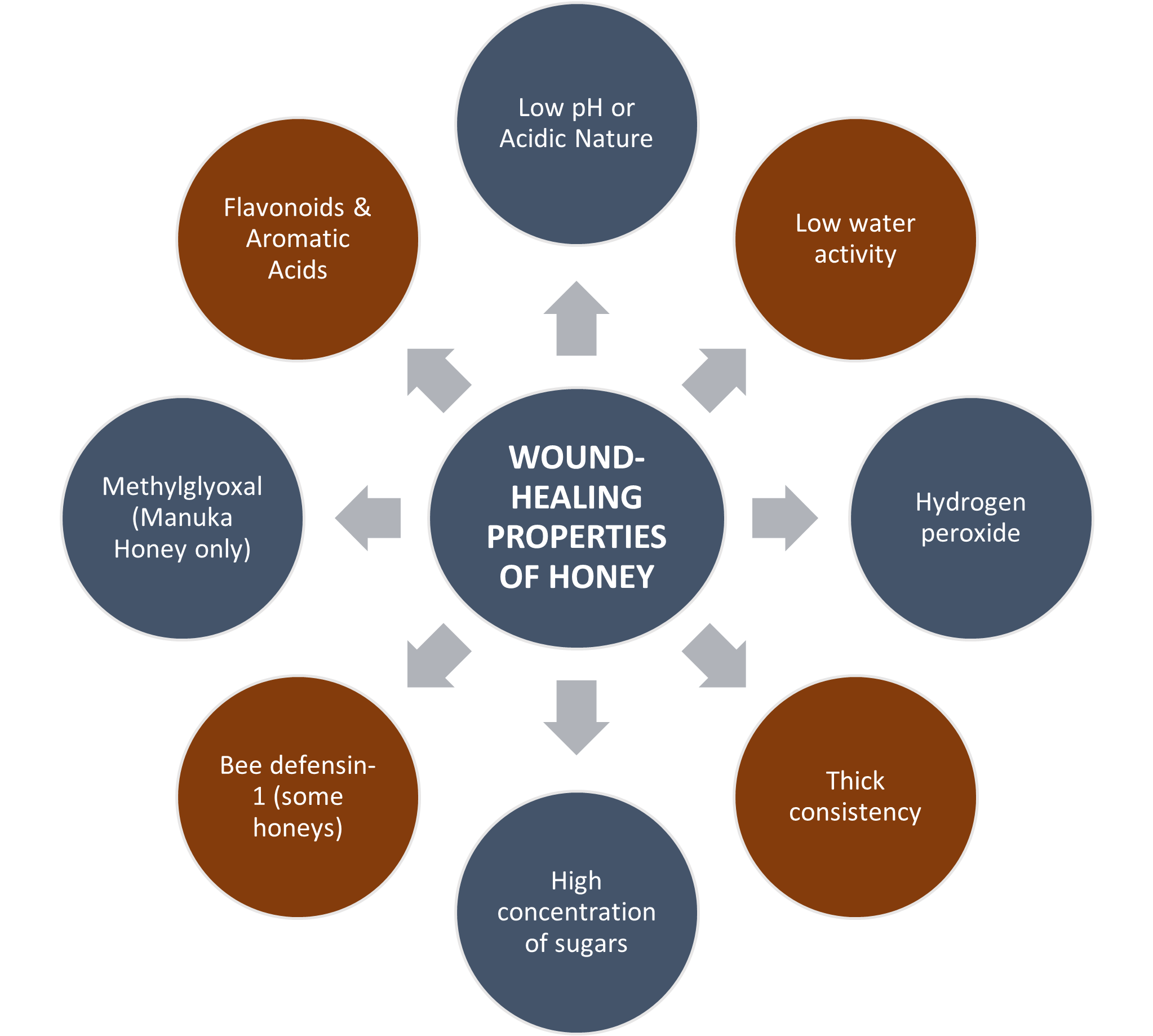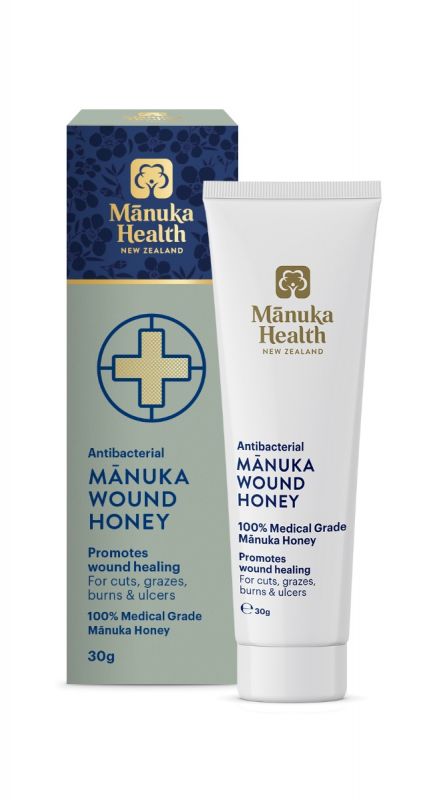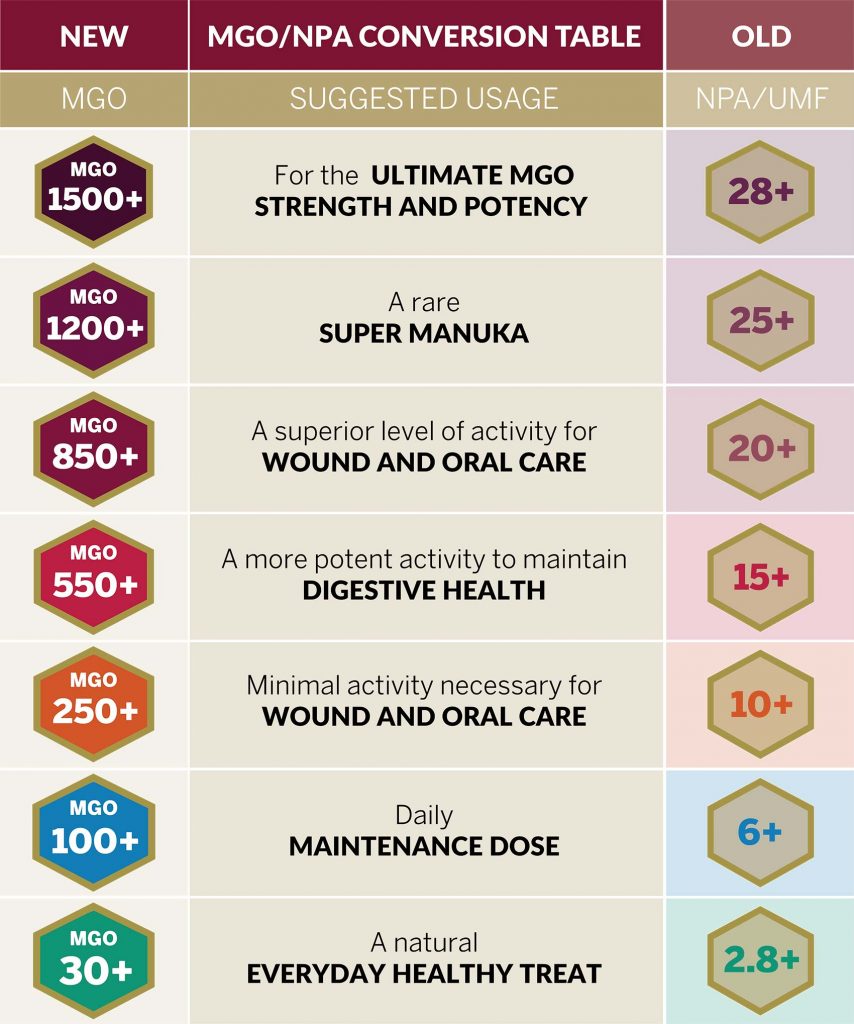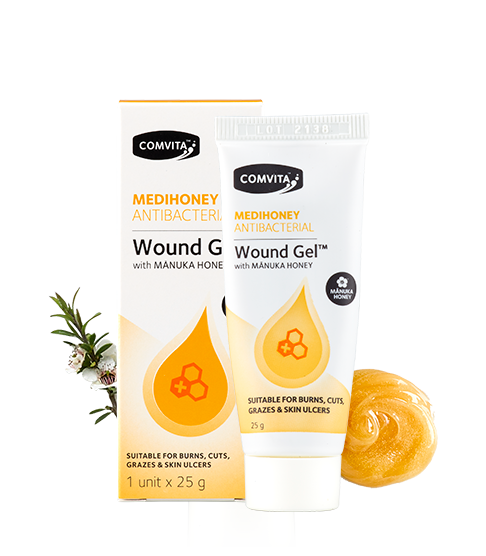
You’ve probably heard about the numerous health benefits of honey, but did you know there’s a specific type of honey that is renowned for its remarkable healing properties? Introducing Manuka Honey Wound Gel, a natural remedy that has been used for centuries to treat various skin conditions. This extraordinary honey, derived from the Manuka tree in New Zealand, is not only delicious but also possesses powerful antibacterial and anti-inflammatory qualities that can aid in the healing of wounds. Whether you have a minor cut, burn, or even an ulcer, Manuka Honey Wound Gel might just be the solution you’ve been looking for.

Overview
What is Manuka honey wound gel?
Manuka Honey Wound Gel is a specialized type of honey-based topical ointment that is specifically designed to treat and heal wounds. It is made from the nectar of the Manuka tree, which is native to New Zealand. This unique honey has long been recognized for its exceptional healing properties and is widely used in natural and alternative medicine.
How is it different from regular honey?
While regular honey has some beneficial properties, Manuka honey stands out due to its high levels of methylglyoxal (MGO). MGO is a compound that is responsible for the antibacterial properties of Manuka honey. Regular honey does not contain sufficient levels of MGO to provide the same healing benefits as Manuka honey.
How does it work to heal wounds?
Manuka honey wound gel works to heal wounds through several mechanisms. Firstly, its high sugar content helps create a protective barrier over the wound, preventing infection and promoting wound healing. Secondly, Manuka honey has anti-inflammatory effects, which can reduce swelling and pain around the wound. Finally, its antibacterial properties help fight off harmful bacteria and prevent wound infections.
Antibacterial Properties
What makes Manuka honey effective against bacteria?
The high levels of MGO present in Manuka honey make it highly effective against bacteria. MGO works by drawing moisture out of bacterial cells, causing them to shrink and ultimately die. Additionally, Manuka honey also contains hydrogen peroxide, which has strong antibacterial properties.
Comparing effectiveness to other antibacterial agents
Manuka honey has been found to be just as effective, if not more effective, than traditional antibacterial agents such as hydrogen peroxide and silver sulfadiazine. Studies have shown that Manuka honey can inhibit the growth of a wide range of bacteria, including antibiotic-resistant strains.
Anti-inflammatory Effects
How does Manuka honey reduce inflammation?
Manuka honey contains certain compounds that have anti-inflammatory properties, such as flavonoids and phenolic acids. These compounds help reduce the production of inflammatory chemicals in the body, thereby reducing inflammation and swelling around the wound.
Clinical studies supporting its anti-inflammatory properties
Several clinical studies have demonstrated the anti-inflammatory effects of Manuka honey. These studies have shown that Manuka honey can significantly reduce markers of inflammation in wounds and help speed up the healing process.
Promotes Healing
Stimulating tissue regeneration
Manuka honey wound gel has been found to stimulate tissue regeneration and promote the growth of new skin cells. This is due to the presence of certain compounds in Manuka honey that enhance the production of growth factors and increase collagen synthesis.
Enhancing angiogenesis
Angiogenesis, the formation of new blood vessels, is a crucial step in the healing process. Manuka honey has been shown to promote angiogenesis, thereby ensuring an adequate blood supply to the wound area and facilitating faster healing.
Reducing scarring
Another remarkable benefit of Manuka honey wound gel is its ability to reduce scarring. By promoting tissue regeneration and minimizing inflammation, Manuka honey can help wounds heal with less scarring, resulting in improved cosmetic outcomes.

Management of Wound Infections
Application of Manuka honey wound gel for infected wounds
Manuka honey wound gel is particularly effective in managing infected wounds. Its potent antibacterial properties help fight off bacteria and prevent further infection. Applied topically, the gel creates a protective barrier over the wound, reducing the risk of bacterial infiltration.
Preventing biofilm formation
Biofilms, colonies of bacteria that adhere to surfaces, can hinder the healing process and promote chronic wound infections. Manuka honey wound gel has been found to prevent the formation of biofilms, thereby promoting faster healing and minimizing the risk of complications.
Moist Wound Healing
How Manuka honey wound gel creates a moist wound environment?
Traditionally, wounds were often allowed to dry out to promote healing. However, it has now been recognized that a moist wound environment is more conducive to healing. Manuka honey wound gel helps create and maintain a moist environment by absorbing excess fluid from the wound while still allowing airflow to the area.
Benefits of moist wound healing
A moist wound environment offers several benefits for wound healing. It helps prevent tissue dehydration, promotes cellular migration and proliferation, and facilitates the breakdown of dead tissue. Additionally, a moist wound environment also provides a barrier against invading bacteria, reducing the risk of infection.

Pain Relief
Mitigating pain associated with wounds
Wounds can be accompanied by varying levels of pain, often causing discomfort and distress. Manuka honey wound gel has been found to have pain-relieving properties, helping to reduce pain associated with wounds. This can provide much-needed comfort for individuals while their wounds heal.
Effectiveness compared to traditional pain relief methods
Compared to traditional pain relief methods such as nonsteroidal anti-inflammatory drugs (NSAIDs) or opioids, Manuka honey wound gel offers a natural and effective alternative. It not only helps alleviate pain but also provides additional wound healing benefits, making it a well-rounded option for pain management.
Suitability for Different Wound Types
Use on acute wounds
Manuka honey wound gel is highly suitable for acute wounds, such as cuts, abrasions, and surgical incisions. Its antibacterial, anti-inflammatory, and wound healing properties make it an excellent choice for promoting the quick and effective healing of these types of wounds.
Effectiveness on chronic wounds
Chronic wounds, such as pressure ulcers or diabetic foot ulcers, present unique challenges in terms of healing. However, Manuka honey wound gel has been found to be effective in managing and healing chronic wounds. Its antibacterial properties help combat infection, while its tissue-regenerative effects aid in the healing process.
Application on burns and ulcers
Manuka honey wound gel is also widely used for the treatment of burns and ulcers. Its ability to create a moist wound environment, reduce inflammation, and stimulate tissue regeneration makes it a valuable therapeutic option for these types of wounds.

Safety and Side Effects
Rare allergic reactions
While Manuka honey wound gel is generally safe for use, there have been rare reports of allergic reactions in susceptible individuals. It is important to perform a patch test before applying the gel to a larger area of the skin to ensure compatibility and minimize the risk of adverse reactions.
Appropriate usage and precautions
To ensure maximum safety and effectiveness, it is essential to follow the instructions provided with the specific Manuka honey wound gel product. It is also important to consult with a healthcare professional for guidance, particularly if there are underlying health conditions or concerns about potential drug interactions.
Choosing and Applying the Right Manuka Honey Wound Gel
Understanding UMF ratings
UMF (Unique Manuka Factor) ratings indicate the level of MGO in Manuka honey wound gel. Higher UMF ratings correspond to higher MGO levels and, consequently, stronger antibacterial properties. It is important to choose a gel with an appropriate UMF rating based on the severity of the wound and the desired healing outcomes.
Selection based on wound severity and type
Different wounds may require different levels of care and treatment. When selecting a Manuka honey wound gel, factors such as wound severity, type, and location should be considered. Some wounds may benefit from a higher strength gel, while others may require a gentler formulation.
Proper application process
To maximize the effectiveness of Manuka honey wound gel, it is crucial to follow the recommended application process. This typically involves cleaning and drying the wound, applying a thin layer of the gel to cover the entire wound area, and securing it with an appropriate dressing. Regular monitoring and dressing changes are also important to ensure optimal wound healing.
In conclusion, Manuka honey wound gel offers a natural and effective approach to wound healing. Its unique combination of antibacterial, anti-inflammatory, and tissue-regenerative properties make it a valuable addition to wound care protocols. Whether used on acute wounds, chronic wounds, burns, or ulcers, Manuka honey wound gel can provide numerous benefits in promoting faster healing, reducing pain, and minimizing scarring. However, proper selection, usage, and precautions are necessary to ensure safe and effective wound healing outcomes. Consultation with a healthcare professional and adherence to recommended application processes are essential for optimal results.
